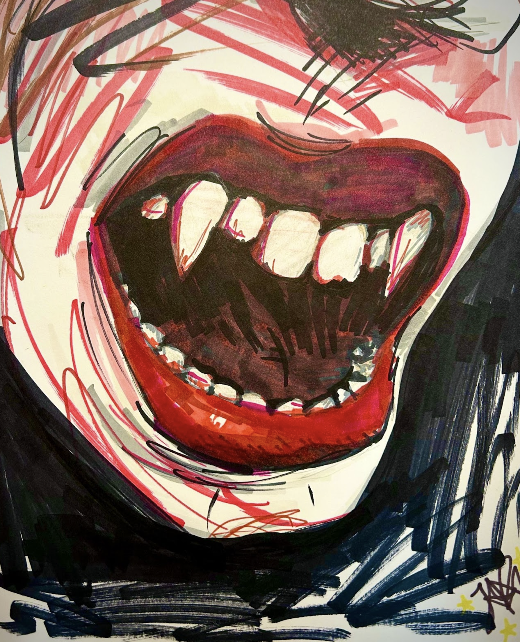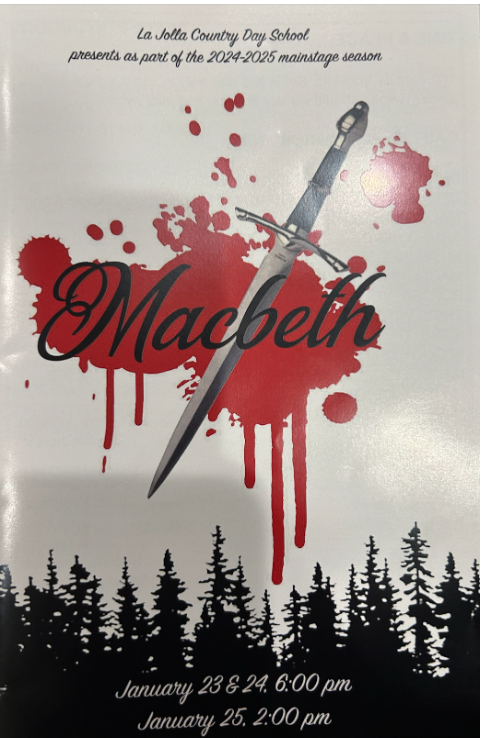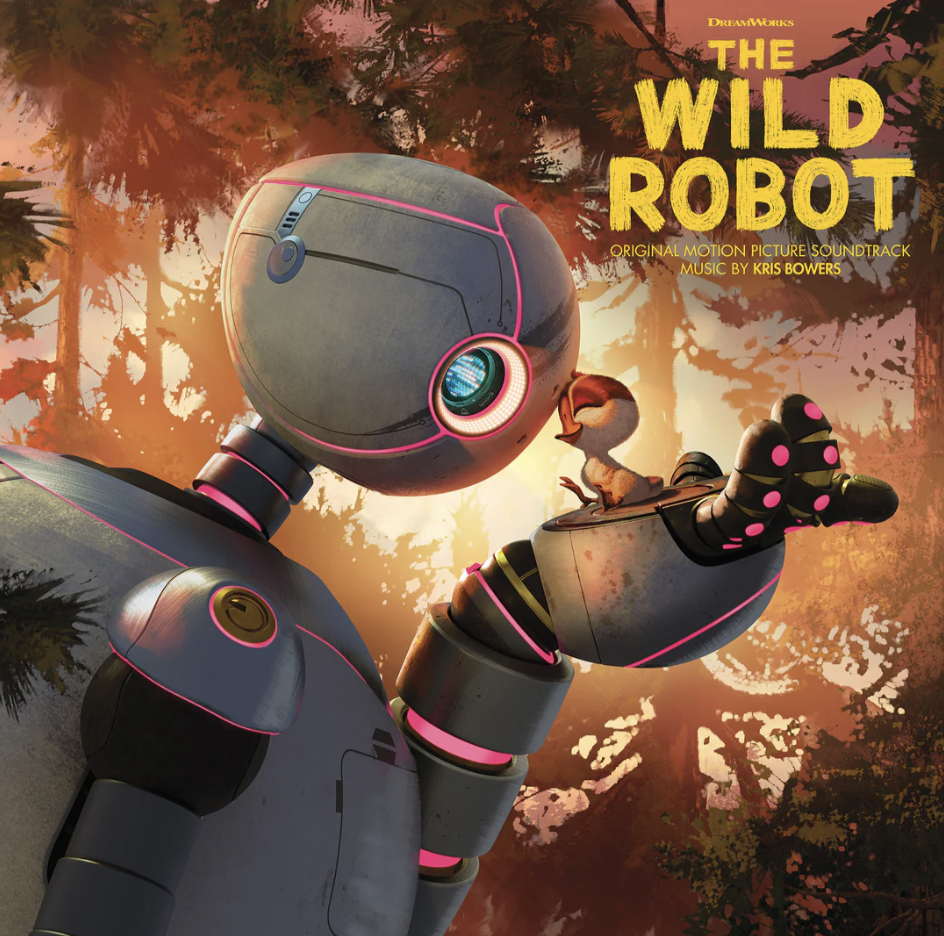“I vant to drink your blood!” – or something like that…
As of 2024, the Twilight series by Stephanie Meyers has sold over 160 million copies worldwide and has been translated into 49 languages (Amazon). How exactly did this vampire phenomenon begin, and how did we get so obsessed with it?
From the hollowed-out cheeks of Nosferatu, to the sparkly skin of the Cullens, vampire fiction has been beloved forever– well, more accurately since the early 19th century. In the summer of 1816, five people, Mary Shelley, Percy Bysse Shelley, Claire Calirmont, Lord Byron and John Polidori, spent their time in Lord Byron’s home near Geneva. The summer was so cold that the five of them spent the entire time inside, and Byron challenged them to a competition to see who could write the scariest ghost story. This is when Mary Shelley wrote Frankenstein, and John Polidori wrote the first vampire novel.
John Polidori was the personal doctor of Lord Byron, and didn’t write often. He found the beginnings of a story by Byron, but he no longer wanted to write the story, so he offered it to Polidori. Polidori turned this fragment into “The Vampyre: A Tale.” “The Vampyre” tells the story of Lord Ruthven, who, over the course of the story, goes across Europe with his companion, Audrey, and seduces women all across the way.
Many people have criticized books like Twilight, for different reasons, but the main one being the idea of “sexy vampires”. “…we find ourselves with Edward Cullen from Stephenie Meyer’s Twilight series, written for the young adult paranormal romance subgenre, in which a handsome vampire seduces a modern teenage girl. How did we get from bathing in blood to sparkling in the sunlight?” (Speculative Chic). What a lot of critics of vampire romance miss though, is that vampires have always been sex symbols. Not just Lord Ruthven, but vampires in ancient mythologies too.
Each mythology has its own version of blood sucking demons. In Greek mythology, Empusai were female shape-shifters that would seduce their prey before drinking their blood. In ancient Japan, Jorōgumo would shift into the form of a beautiful woman to trick their prey before poisoning them and eating their life forces. In Slavic myth, Upiór were demons who would drink the blood of the dead, and had many regional interpretations. In some places, they would prey on men who committed suicide due to unrequited love, some places Upiór would prey on people who had lost their spouses, tricking them into committing suicide.
All this to say, while vampires have always been scary, they have also always been charmers. While Stephanie Meyer has received quite a bit of criticism, it should be noted that her interpretation of alluring vampires is not entirely inaccurate.
But how exactly has she sold 160 million copies? And not just her, but Anne Rice has sold over 350 million copies of her vampire romances. And the tv series “Buffy the Vampire Slayer” had 144 episodes, with its season premier on WB being watched live by about 4.8 million people.
The thing is, vampires are fascinating to us. They’re immortal, feeding off the blood of lowly mortals. They’re symbols of desire and sin, yet they still fall in love and form strong emotional bonds. HuffPost gives a whole list of reasons why we love vampires: they’re powerful, sexy, sensitive, smart, they’re the classic bad boys (and girls).
We all have our reasons, whether it’s the allure of immortality or a fascination with fangs. There’s no denying, vampires are fascinating creatures, with a rich history. They remain timeless, capturing readers and viewers all over the world for centuries.




